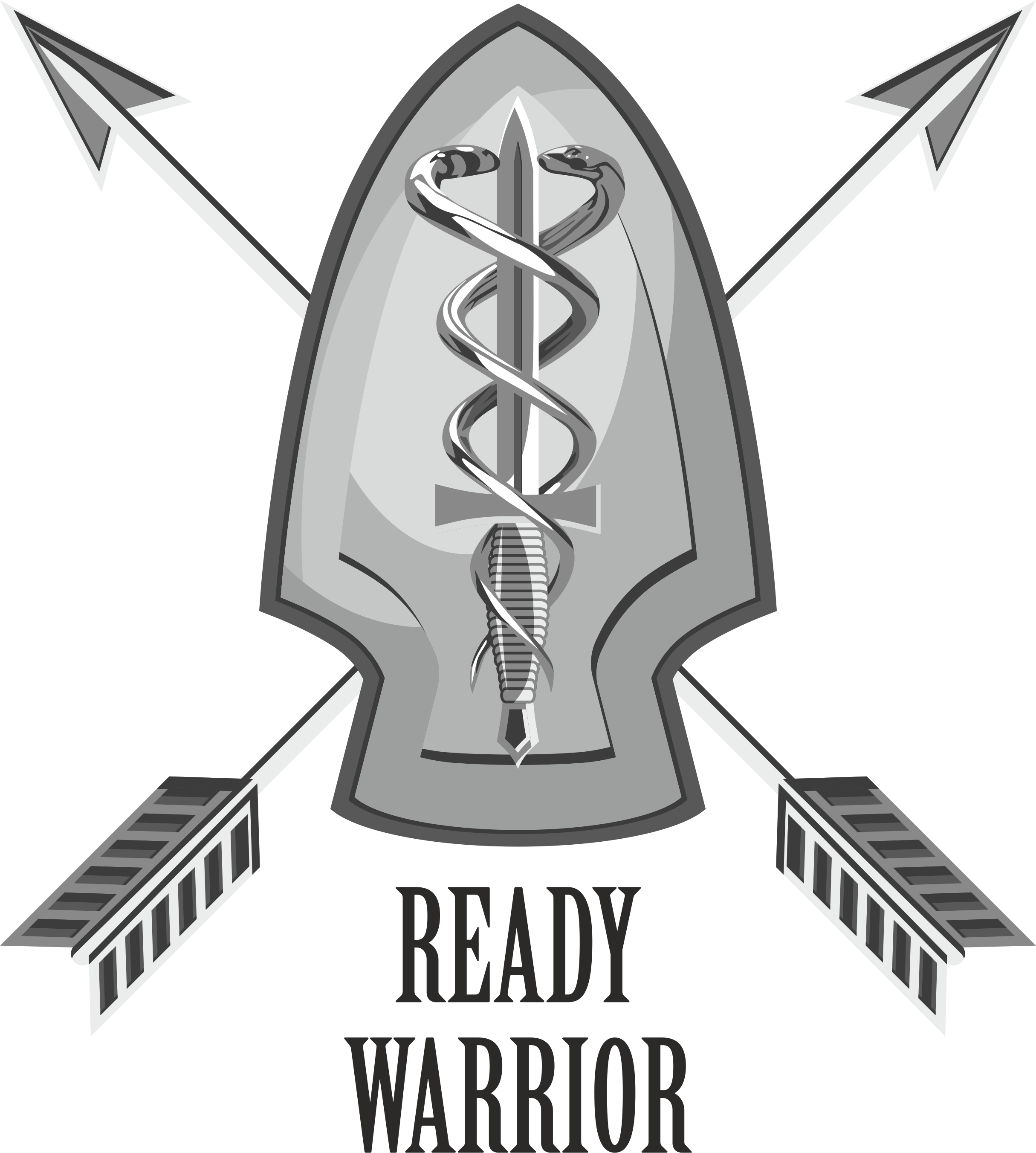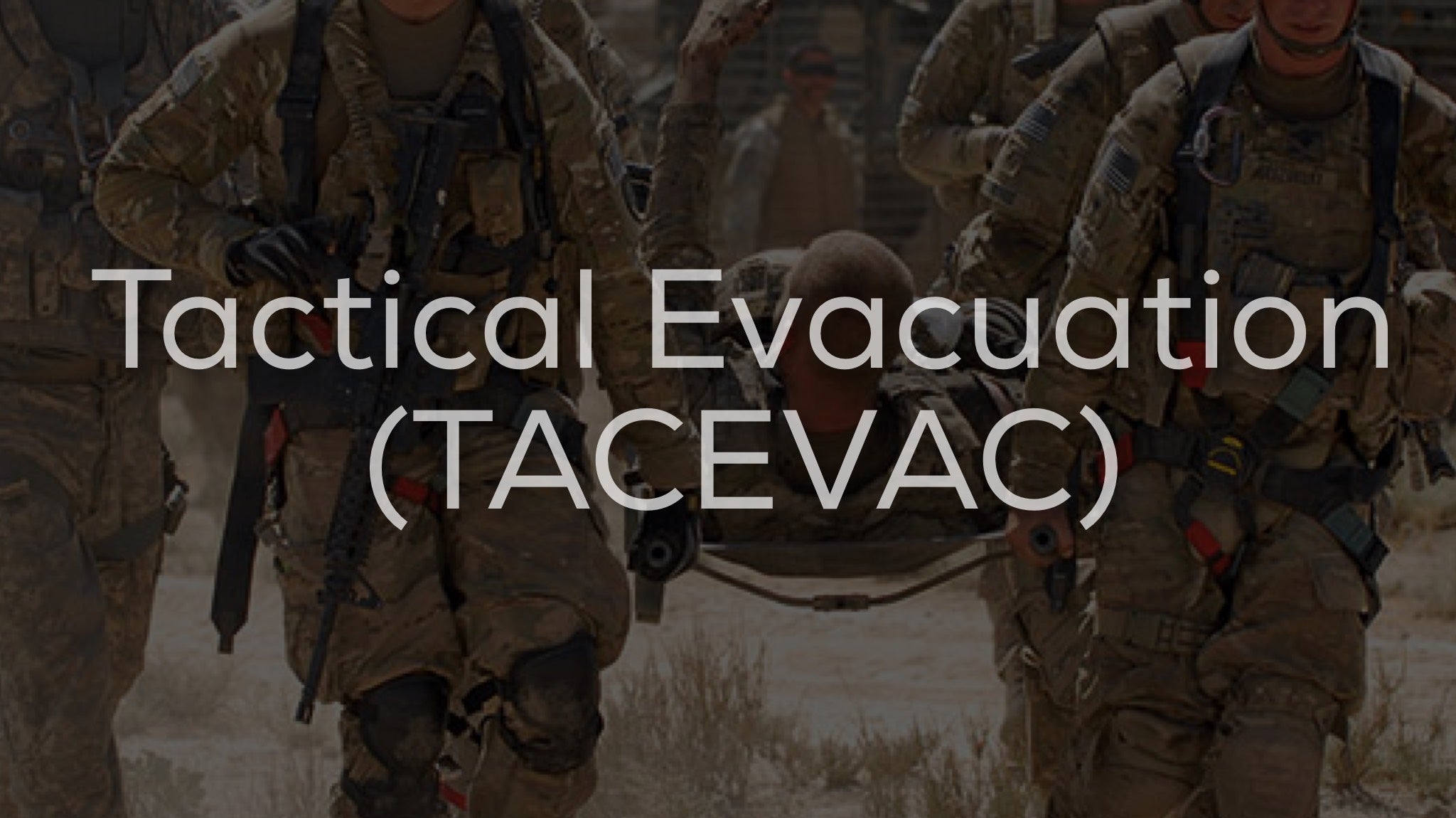The Silver Bullet Blog
Tactical Evacuation (TACEVAC)
Tactical Evacuation (TACEVAC) - This term refers to both CASEVAC and MEDEVAC. When we were in Afghanistan, there was a particular mission where we had a strong suspicion that it was...
As former SF medics (Green Berets) we know what it takes to do the job quickly and accurately. We are actively creating products to assist ALL military medics. We take pride in only offering products that we would use ourselves.

Sign up for exclusive offers, original stories, events and more.
Entice customers to sign up for your mailing list with discounts or exclusive offers.
